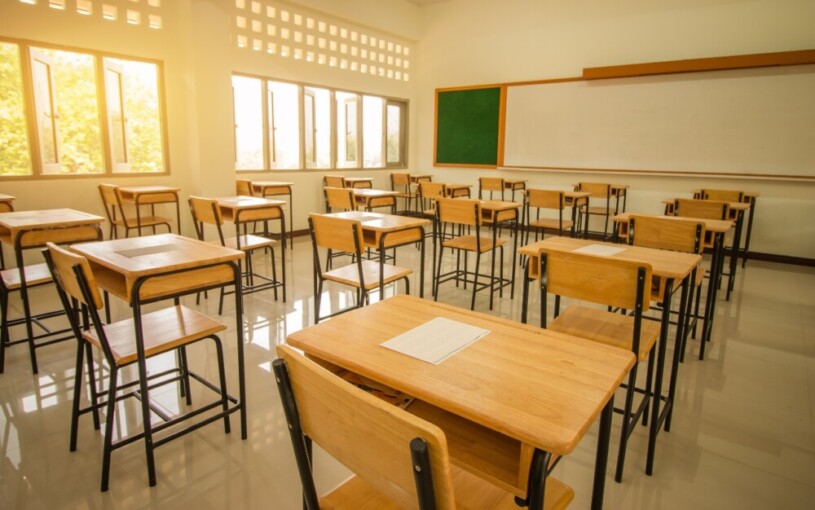
UGM epidemiologist, Bayu Satria Wiratama, revealed that the decision to start face-to-face learning needs to involve a number of parties, including the Education Office, the Health Office, and also epidemiologists.
This is especially necessary to help formulate the steps that need to be taken in each region, from readiness assessment to infrastructure adjustment, as Covid-19 risk zoning is not the sole principle for the decision.
“Zoning is not that accurate, the addition of other parameters such as positivity rate is needed,” he explained.
The positivity rate itself, he continued, is expected to be below 5 percent. This indicator needs to be perceived individually from each region instead of nationally.
“Besides the contact tracing rate, the number of active cases, of new cases, the availability of hospital beds, and others need to be considered as well,” added Bayu.
According to him, the government’s decision to allow face-to-face learning in January sounds quite risky considering the overall Covid-19 situation in Indonesia today. To be able to measure the readiness of such matters, conditions in each province, district, or city have to be taken into account.
“There are certain regions with only a few cases since the start. These perhaps can be on the list,” he explained.
In addition to general Covid-19 protocols such as keeping a safe distance, wearing masks, and washing hands, Bayu explained that in the context of teaching and learning activities in schools, a number of additional protocols are required.
For instance, daily monitoring the students, teachers, and parents’ condition, shortening class hours, adjusting the seating position in the classroom and the teacher’s room, and ensuring that each class is well ventilated.
He added that a more detailed assessment is needed for the opening at the level of elementary and below since ensuring students at such age consistently follow the health protocols is difficult.
Thus, to go the extra mile is a must starting from ensuring the teachers are ready, organizing the children for face-to-face setup, monitoring throughout the learning process, through customizing the studying hours.
“Elementary students and under are the most difficult to wear masks. So, the level of difficulty is indeed higher than that of junior and senior high.
On the application of face-to-face learning at the higher education level, each university together with the local government needs to coordinate in supervising students who will enter the area.
According to him, all students who will come to a certain area are required to self-quarantine for 14 days.
“If lectures are set to do, it is necessary to prepare the room, monitor students if any symptoms occur, communicate with the Health Office, and so on,” said Bayu.
Author: Gloria
Photo: Freepik.com
Translator: Salma

